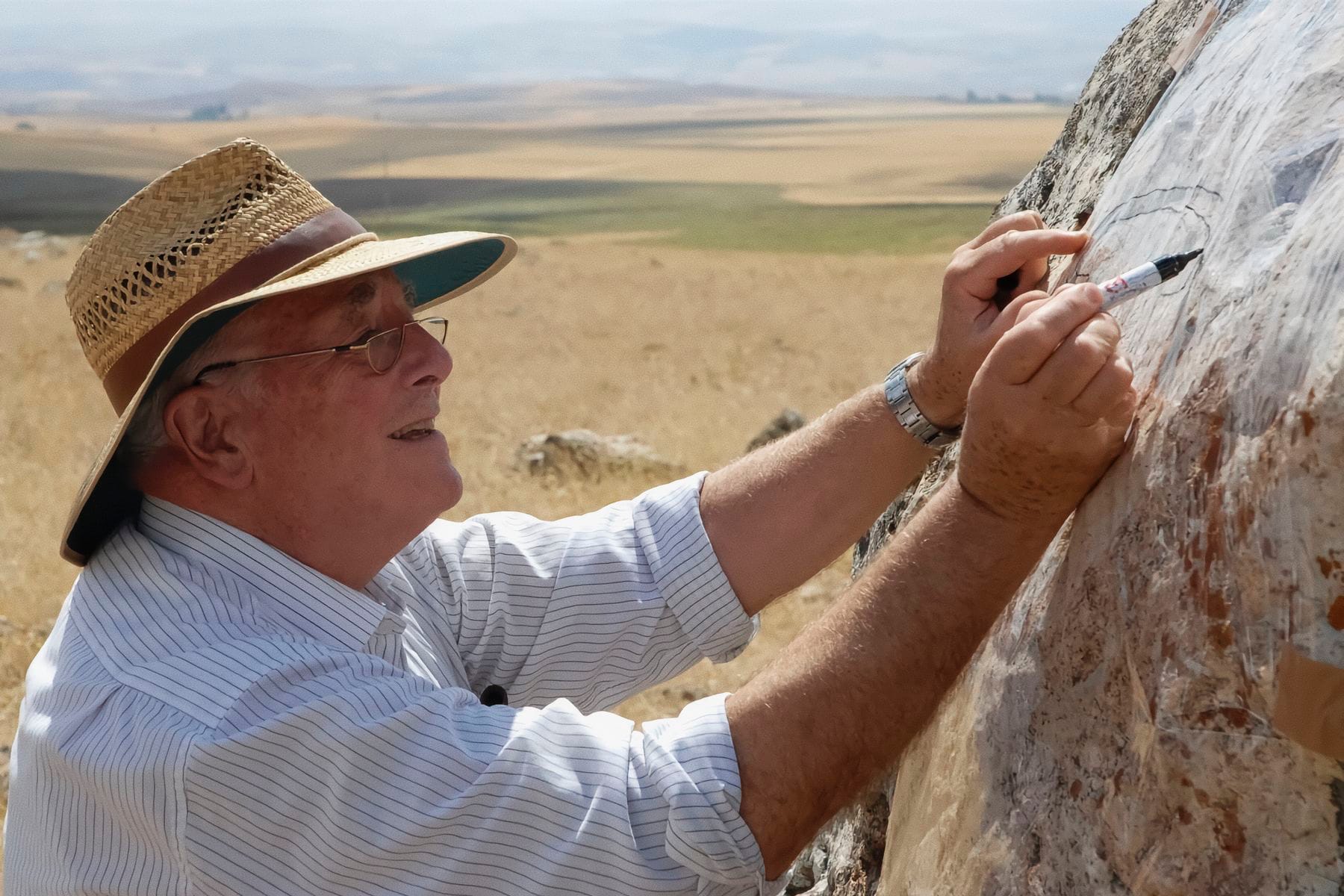British Academy member J. David Hawkins, a linguist and Professor of Ancient Anatolian Languages, passed away recently. He was one of the world’s leading scholars of the languages of ancient Turkey. He spent years analyzing each inscription he researched in its own context and created a comprehensive collection of his research, including hand-drawn materials. His Corpus of Hieroglyphic Luwian Inscriptions has established a robust epigraphic foundation for others to study the Anatolian Hieroglyphic inscriptions and to develop scientific interpretations. This work has made a significant contribution to the understanding and decipherment of the signs in Anatolian Hieroglyphic inscriptions. It has played an important role in enhancing the value of the works that preceded it by proposing corrections and suggesting new interpretations.
Modifications for Laroche’s sign system
This visual summary presents a brief overview of Hawkins’ remarks on how to address the complex “sign” problems he points out between the lines in his works. Hawkins formulated all this in his book with Laroche catalogue numbers. The characters in these tables have been visualized to make clear what is stated about them. Some of these entries confirm the points made in our previous article.
1. Unrecognized Variants
These are the signs which were unrecognized variants of others. Hawkins argued that the 28 signs in LHH were incorrectly included in the list because they were somehow “unrecognizable variants of other signs”. He suggested that signs should be deleted along with their heading numbers and transferred under “well-formed headings”. Examples are as follows:
2. Duplicate Signs
Hawkins proposes that at least 26 pairs of signs would have to be merged, in which case they would normally be grouped under the heading of the first one as a single heading rather than two. Some of these pairs are as follows:
3. Glyptic Works
Hawkins points out that 70 of the signs in today’s repertoire are found only on seals, are not part of the sign system of monumental inscriptions, and are of low recognizability due to their varying forms, indicating that they may only have glyptic works value.

He notes that several signs belonging to this group, previously found on seals, have been found in newly discovered monumental inscriptions. For example, 177 and 416 in Yalburt and 122 in Boğazköy-Südburg.





















